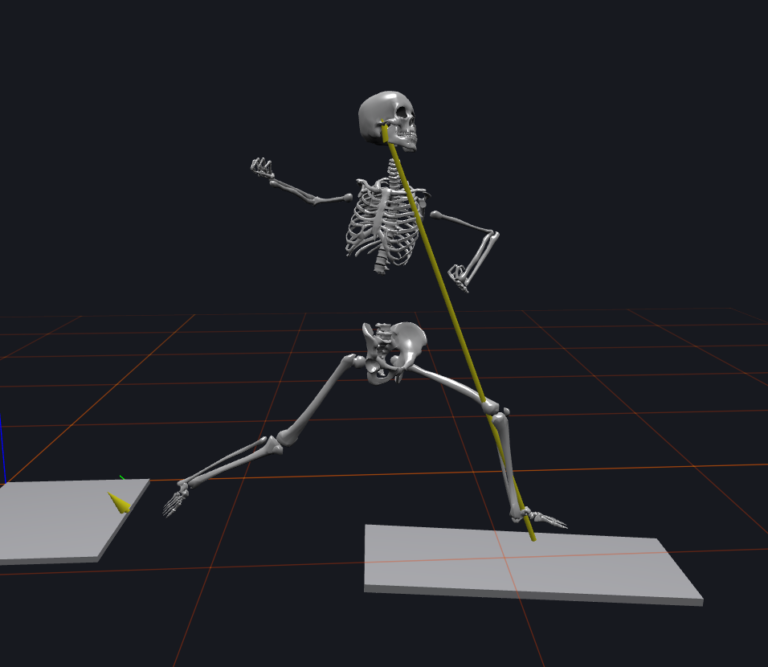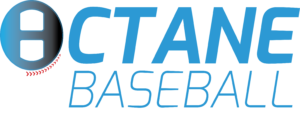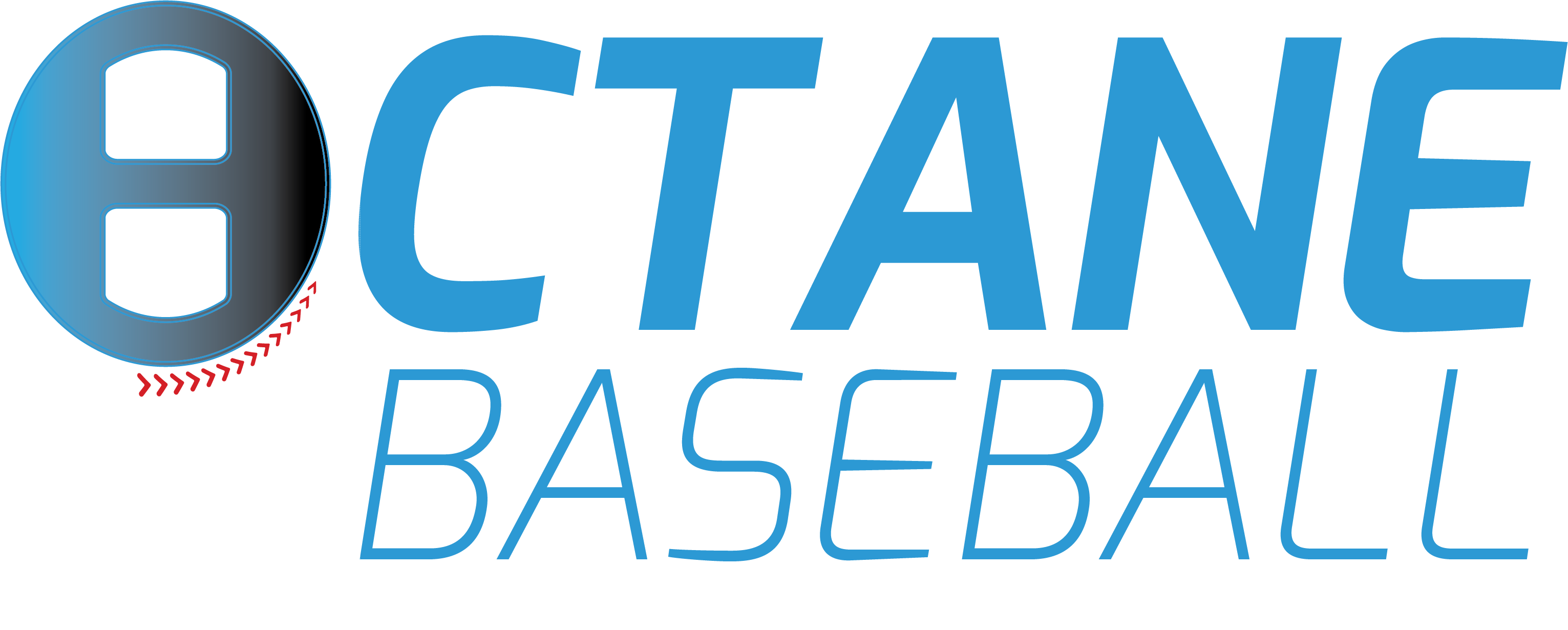Does the front leg need to extend in order to produce ideal forces?

Front knee extension from footplant to ball release is a common variable to consider when analyzing a pitcher’s mechanics but how much extension is necessary? This is a question that we at 8ctane wondered until we installed our force plates.
The short answer – is it is entirely dependent on the person.
There are many factors that influence how much force can be produced in the front leg such as: back leg load, pelvis position at footplant, and lead knee angle at footplant. To break these three variables down in more detail:
- Pitchers who have a “pushy” back leg and fail to get into that back leg load have early front leg extension and therefore – early front leg GRF’s. This is because “loading” the back leg does exactly that… loads the lower half allowing the front leg to produce a greater front leg ground reaction force and impulse. (1-3). A pushy back leg can also inhibit pelvis rotation which brings me to my next point.
- Pelvis position at footplant plays an important role in a pitchers ability to use the ground and extend the front leg. If a pitcher’s pelvis is oriented more towards third base (righty) or first base (lefty) instead of towards home at foot strike, they will spend more time rotating their pelvis towards home, inhibiting their ability to use the front leg to create an effective GRF. On the contrary pitchers who have a cleared pelvis at footplant are able to use their stable front leg to push into the ground and create an effective GRF. (4)
- How much flexion occurs in the front knee at footplant can play a role in dictating how much force can be produced with the front leg. If a more extended knee occurs at footplant, there is a reduced range of motion, therefore decreasing the amount of force one can produce with the front leg. Conversely, if a pitcher lands with increased knee flexion at footplant, it may prove difficult to overcome this flexion with all the pitcher’s momentum working down the mound.(4, 5) With this increased difficulty to extend through ball release, how does this affect the GRF’s produced by the front leg?
Contrary to popular belief, decreased front leg extension has not been linked to decreased GRF’s – whether we are referring to impulse, timing, or magnitudes. Here at 8ctane Baseball we have observed that even a total front knee extension of 3 degrees from footplant to ball release can result in front leg GRF that are well timed and have magnitudes over three times their bodyweight.
In the image above I reference a pitcher who only achieves 4 degrees of front knee extension and consistently generates close to 2.7 times his bodyweight magnitude. At close to 250 lbs, this is no easy feat. We attribute these subgroups of pitchers’ ability to generate high GRFs with minimal front knee extension to an above average back leg load and superior pelvis rotation prior to footplant. Both of these factors enable pitchers to rotate the pelvis into an ideal position prior to footplant. This allows pitchers to have a stable base as their upper body rotates around an already cleared pelvis.
While I want to reiterate that everyone’s mechanics are different and each pitcher should be addressed in a way that’s as unique as their delivery, this is a trend we see across pitchers at higher levels who have an above average back leg load.
Citations
- Jun Ming Liu, Christopher Knowlton, Matthew Gauthier, Zach Tropp, Nikhil Verma, Gregory Nicholson, Anthony Romeo & Antonia Zaferiou (2022) Roles of each leg in impulse generation in professional baseball pitchers: preliminary findings uncover the contribution of the back leg towards whole-body rotation, Sports Biomechanics, DOI: 10.1080/14763141.2022.2108490
- Chaudhari, Ajit MW1,2; McKenzie, Christopher S1; Borchers, James R1,3; Best, Thomas M1,3. Lumbopelvic Control and Pitching Performance of Professional Baseball Pitchers. Journal of Strength and Conditioning Research 25(8):p 2127-2132, August 2011. | DOI: 10.1519/JSC.0b013e31820f5075
- Laudner KG, Moore SD, Sipes RC, Meister K. Functional Hip Characteristics of Baseball Pitchers and Position Players. The American Journal of Sports Medicine. 2010;38(2):383-387. doi:10.1177/0363546509347365
- Kageyama M, Sugiyama T, Kanehisa H, Maeda A. Difference between adolescent and collegiate baseball pitchers in the kinematics and kinetics of the lower limbs and trunk during pitching motion. J Sports Sci Med. 2015 May 8;14(2):246-55. PMID: 25983571; PMCID: PMC4424451.
- Luera, M. J., Dowling, B., Muddle, T. W., & Jenkins, N. D. (2020). Differences in Rotational Kinetics and Kinematics for Professional Baseball Pitchers With Higher Versus Lower Pitch Velocities. Journal of Applied Biomechanics, 36(2), 68-75. Retrieved Feb 7, 2024, from https://doi.org/10.1123/jab.2019- 0235
FIND US
-
2209 Associate Drive
Raleigh, NC 27603 -
Monday-Friday 9-6
Saturday by appointment only
Ready to begin your baseball journey?
We offer private lessons and in depth long term training programs. We look forward to welcoming you to the 8ctane Baseball family. Lets unlock your full potential!

Copyright © 2024 | 8ctane Baseball
